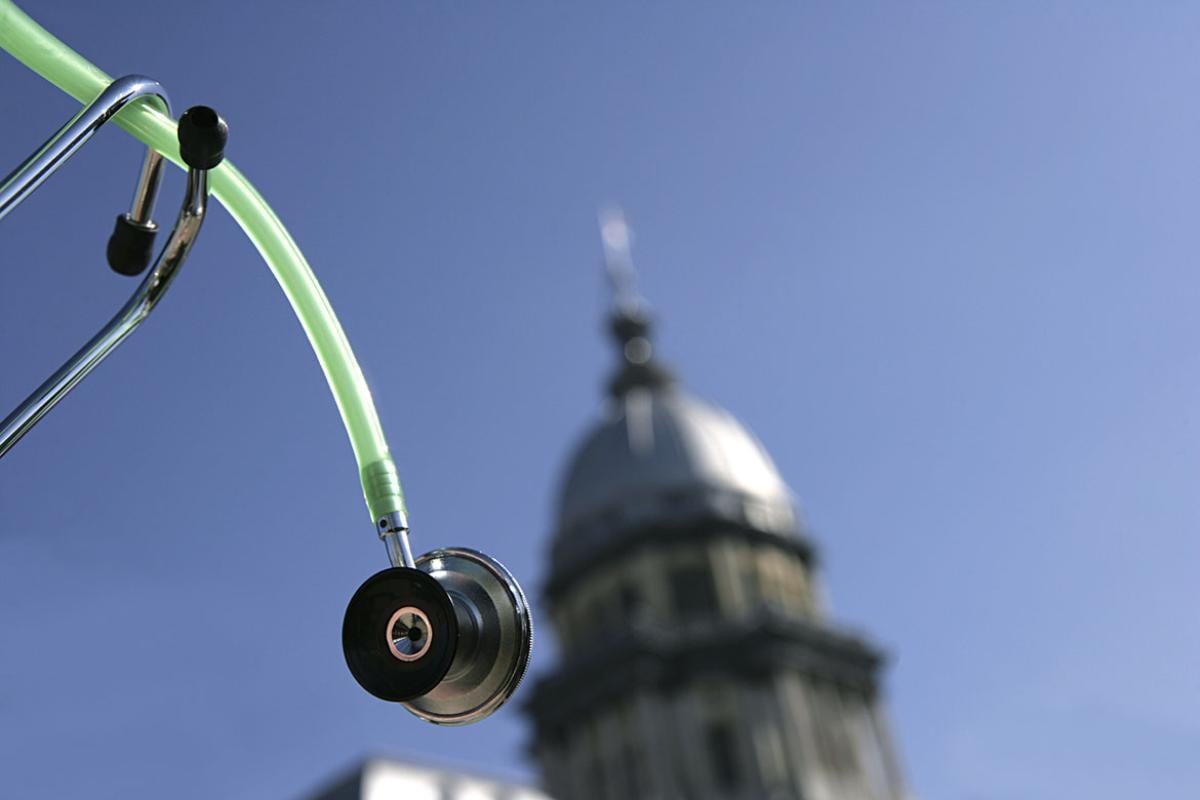Progress has been made in improving hypertension-control rates in the last two decades, but the prevalence of high blood pressure in adults has remained relatively stable at about one in three. This rose to 46% in 2017 when the American College of Cardiology (ACC)-American Heart Association (AHA) guideline on high BP in adults redefined hypertension as blood pressures greater than or equal to 130/80 mm Hg.
Following evidence-based treatment protocols, working together and understanding patients’ unique needs can help organizations improve BP control rates above 70% and receive national recognition by participating in the Target: BP™ Recognition Program.
Target: BP, a national initiative co-led by the AMA and the AHA, recognizes medical practices and health systems that prioritize improving hypertension control. Recurring gold-level recognition is awarded to all participating sites that achieve hypertension control rates of 70% or higher among their adult patient population.
Participation-level recognition is given to those sites that prioritize improving BP control each year and submit data. In 2018, more than 800 organizations were recognized for their efforts focusing on BP control within the populations they serve.
Organizations “love to be recognized and be able to elevate that recognition, whether that’s within or outside of their organization—and often as recognition for things that they’re already doing,” said Heidi McPherson, community impact director at the AHA. “They are looking for resources and so they want to engage with Target: BP for the many resources that are provided.”
“A lot of the people who I work with want to make a difference and by taking the tools, resources and strategies from Target: BP they’re able to see a difference in their practice and improvement in the blood-pressure control rates,” she said.
Here are some tips for how organizations can earn recognition for their hypertension control work.
Get the right leaders involved. A successful hypertension-control program engages leadership at multiple levels. “You need that executive-level champion and clinical implementing champion,” said McPherson.
Individuals can make their mark. For McPherson, the most inspirational part of working with Target: BP is the power of an individual within a clinic or health system. It only takes one person who is passionate to make a difference in hypertension control.
This adds to the collective voice by bringing people together who might not normally work together across organizations to address hypertension control and “bend the curve together.”
“It takes some time to make these system changes that Target: BP is really asking organizations to do,” said McPherson. “Look within and connect with people who want to make a difference as well.”
Follow the resources. The Target: BP website continues to add new resources for physicians and patients. These resources help those involved in hypertension control remain on the same page. They include free CME webinars and patient and clinician educational handouts.
For example, organizations can use the data-collection worksheet or follow the Target: BP data user guide for further guidance on how to submit.
Turn to data teams. For organizations looking to submit data, McPherson recommends “getting with the data guru,” or the data team. However, in some of the smaller clinics and federally qualified health centers, there might not be a data team. The key is to bring in people familiar with the data when it comes time for submission.
“When you first join Target: BP, build that relationship with the data people from the get-go because you establish the query that can then be done over and over again, so you don’t have to do that setup work every time you’re pulling the data and you’re able to track the data over time,” said McPherson.
Don’t have a data team? Turn to who is running your EHR. If you are like some clinics working with the AHA that don’t have an EHR, submitting data can be difficult. It comes down to understanding who is involved in the process. Once you have the data, it takes about 20 or 30 minutes to organize and submit.
Organizations can submit 2018 data through May 31 and will be notified of recognition status in the fall.



